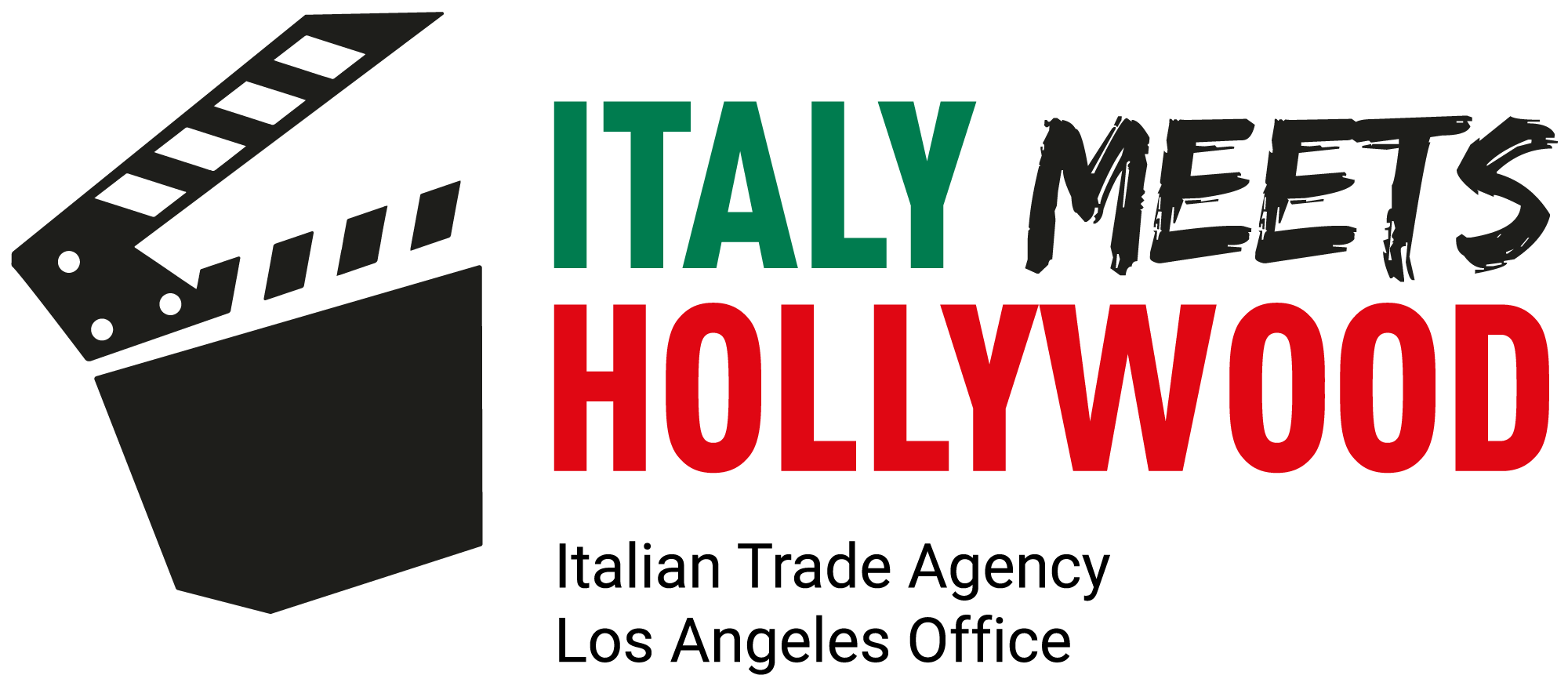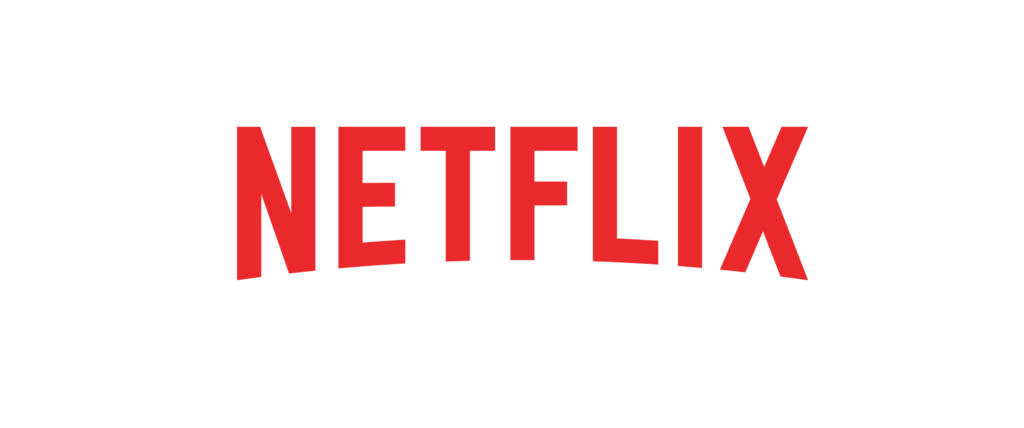The Silent Challenge of Decaying Movie and TV Show Files in Digital Entertainment
Professionals in the industry fear the prospect that numerous digital files may one day become obsolete
While tax optimization strategies, like those employed by David Zaslav and Bob Iger, have stirred controversy by deleting content from streaming platforms, the real concern lies in the deterioration of digital archives, echoing the archival tragedies of the celluloid era. Behind closed doors and nondisclosure agreements, industry professionals fret over the fragility of these archives, fearing that master files of contemporary pop culture could vanish, much like silent movies of the past such as Alfred Hitchcock’s second feature The Mountain Eagle and Ernst Lubitsch’s Oscar-winning The Patriot.
Initiatives such as Martin Scorsese’s Film Foundation underscore the importance of preserving every art form, but there’s a misconception that digital files are immune to decay. In reality, issues like corruption, improper data transfer, hardware failures, and changing formats plague digital preservation efforts. Linda Tadic, CEO of Digital Bedrock, describes it as a “silent fire” noting that every preservation attempt uncovers issues.
For example, in 1998, a Pixar employee accidentally typed a fatal command function, instructing the computer system to delete Toy Story 2, which was then almost complete. Fortunately a supervising technical director who had been working from home had a 2-week-old backup file, saving the film from potential destruction.
The scope of what has already been lost remains largely undisclosed due to confidentiality concerns, leaving only disquieting rumors and rare anecdotes to circulate. Indie filmmakers, in particular, face heightened risks due to limited resources and inadequate storage safeguards. Larry Karaszewski, a board member of the National Film Preservation Foundation, warns of an entire era of cinema at risk of being lost, drawing parallels to the neglect suffered by silent films and mid-century B movies.
The preservation community emphasizes the importance of implementing proper protocols from the outset, as retroactive preservation efforts are costly and time-consuming. Despite strides made by organizations like the Academy of Motion Picture Arts and Sciences’ SciTech Council, which developed the Academy Color Encoding System for better preservation, challenges persist.
Paramount senior vice president Andrea Kalas stresses the need for multiple copies stored in various formats and locations to mitigate risks. However, as digital formats evolve, consistent migration is necessary to ensure accessibility. Some experts remain optimistic, believing that evolving technology, including artificial intelligence, may aid in rediscovery efforts.
Ultimately, the preservation of digital entertainment requires a concerted effort from industry stakeholders to address storage, format, and accessibility issues. Without proactive measures, the silent fire of digital decay threatens to consume invaluable cultural artifacts, leaving behind only fragments of our cinematic heritage.
Source: The Hollywood Reporter
Share:
Professionals in the industry fear the prospect that numerous digital files may one day become obsolete
While tax optimization strategies, like those employed by David Zaslav and Bob Iger, have stirred controversy by deleting content from streaming platforms, the real concern lies in the deterioration of digital archives, echoing the archival tragedies of the celluloid era. Behind closed doors and nondisclosure agreements, industry professionals fret over the fragility of these archives, fearing that master files of contemporary pop culture could vanish, much like silent movies of the past such as Alfred Hitchcock’s second feature The Mountain Eagle and Ernst Lubitsch’s Oscar-winning The Patriot.
Initiatives such as Martin Scorsese’s Film Foundation underscore the importance of preserving every art form, but there’s a misconception that digital files are immune to decay. In reality, issues like corruption, improper data transfer, hardware failures, and changing formats plague digital preservation efforts. Linda Tadic, CEO of Digital Bedrock, describes it as a “silent fire” noting that every preservation attempt uncovers issues.
For example, in 1998, a Pixar employee accidentally typed a fatal command function, instructing the computer system to delete Toy Story 2, which was then almost complete. Fortunately a supervising technical director who had been working from home had a 2-week-old backup file, saving the film from potential destruction.
The scope of what has already been lost remains largely undisclosed due to confidentiality concerns, leaving only disquieting rumors and rare anecdotes to circulate. Indie filmmakers, in particular, face heightened risks due to limited resources and inadequate storage safeguards. Larry Karaszewski, a board member of the National Film Preservation Foundation, warns of an entire era of cinema at risk of being lost, drawing parallels to the neglect suffered by silent films and mid-century B movies.
The preservation community emphasizes the importance of implementing proper protocols from the outset, as retroactive preservation efforts are costly and time-consuming. Despite strides made by organizations like the Academy of Motion Picture Arts and Sciences’ SciTech Council, which developed the Academy Color Encoding System for better preservation, challenges persist.
Paramount senior vice president Andrea Kalas stresses the need for multiple copies stored in various formats and locations to mitigate risks. However, as digital formats evolve, consistent migration is necessary to ensure accessibility. Some experts remain optimistic, believing that evolving technology, including artificial intelligence, may aid in rediscovery efforts.
Ultimately, the preservation of digital entertainment requires a concerted effort from industry stakeholders to address storage, format, and accessibility issues. Without proactive measures, the silent fire of digital decay threatens to consume invaluable cultural artifacts, leaving behind only fragments of our cinematic heritage.
Source: The Hollywood Reporter











